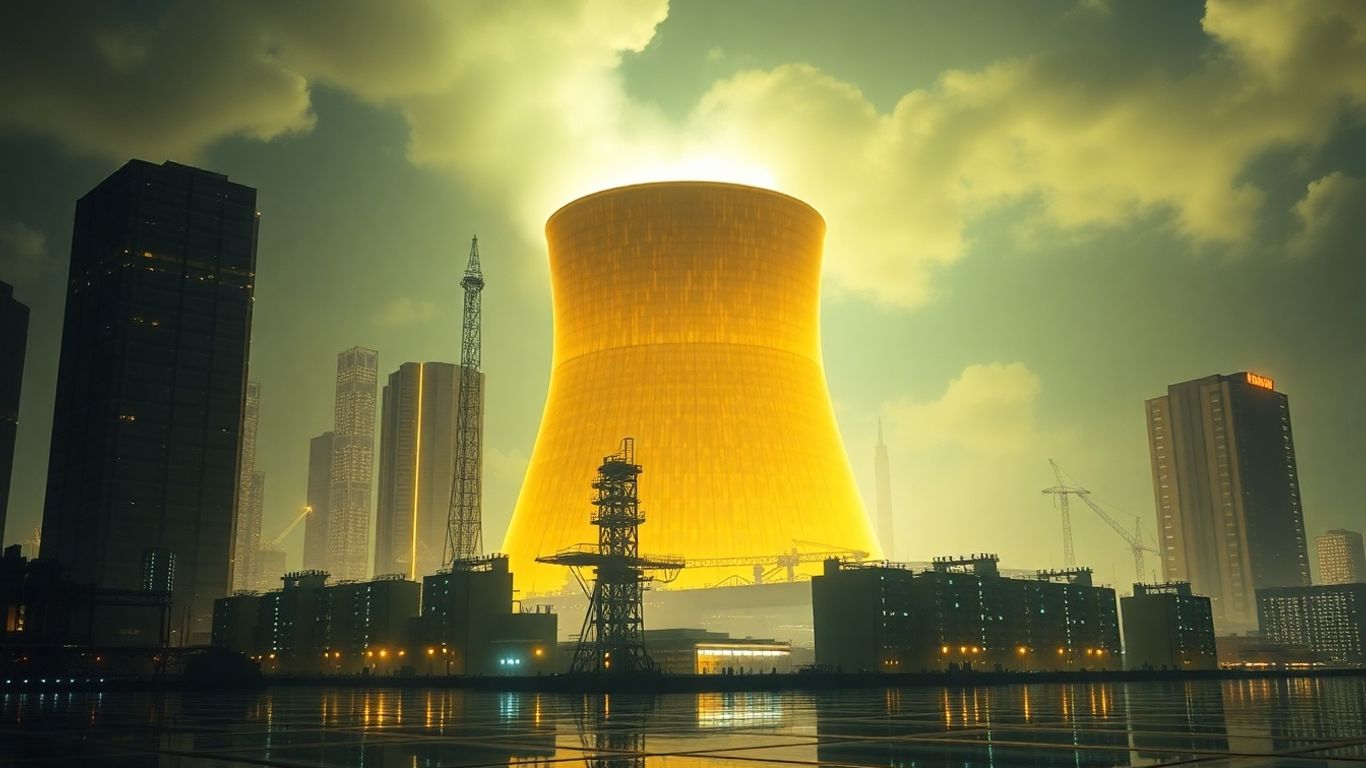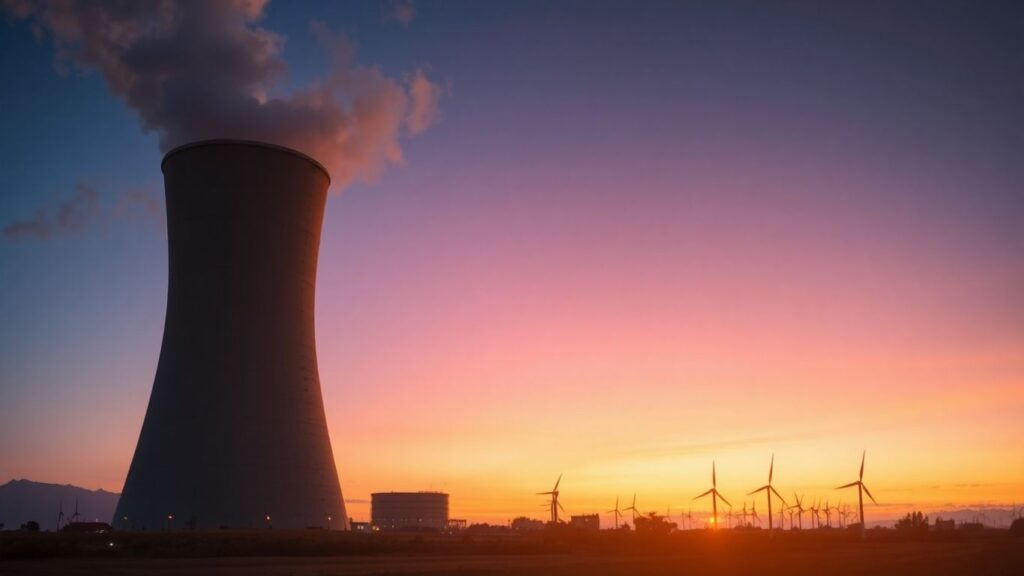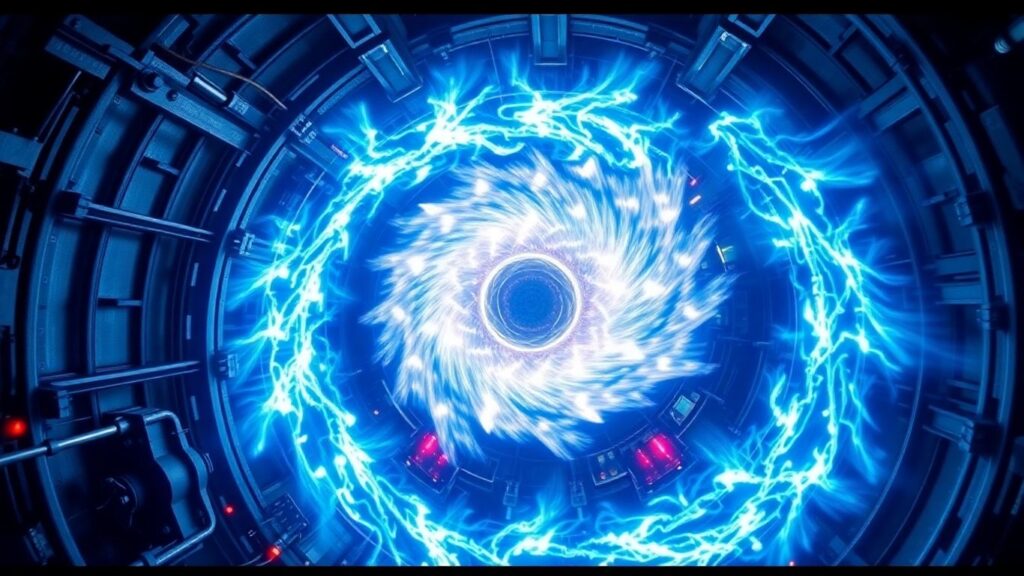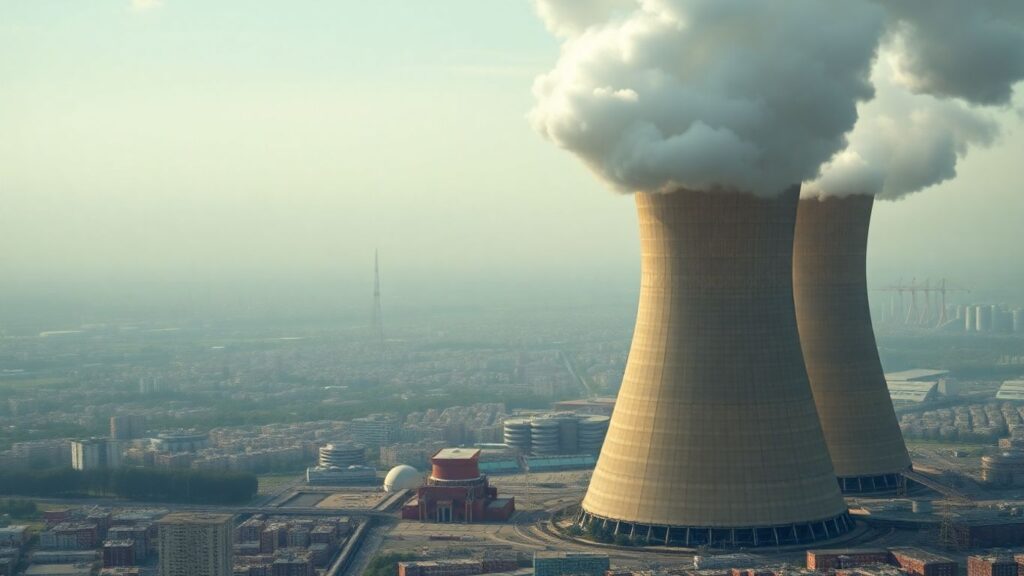In a significant shift to meet the escalating energy demands of artificial intelligence, major technology companies like Amazon and Google are making substantial investments in nuclear power. This strategic move aims to secure reliable, carbon-free electricity for their data centers and ambitious climate goals, signaling a potential resurgence for the nuclear industry.
Key Takeaways
- Tech giants are investing in both existing nuclear plants and next-generation small modular reactors (SMRs) to power AI data centers.
- Nuclear energy is favored for its consistent, carbon-free power output, unlike intermittent renewables.
- Challenges remain, including the long timelines for new reactor construction and the unproven nature of some advanced technologies.
The AI Energy Crunch
The rapid expansion of artificial intelligence has created an unprecedented demand for electricity. Data centers, the backbone of AI operations, require vast and constant power. Tech companies, having pledged to achieve net-zero emissions, are finding that their existing investments in solar and wind power are insufficient to meet these new energy needs.
Big Tech’s Nuclear Investments
Microsoft has made headlines by agreeing to pay $1.6 billion to restart a reactor at the Three Mile Island nuclear plant in Pennsylvania. This move is seen as a pragmatic approach, leveraging existing infrastructure that is quicker and less expensive to bring online than building entirely new facilities.
Google and Amazon are focusing on the development of Small Modular Reactors (SMRs). Google has partnered with Kairos Power, funding the construction of demonstration reactors expected to be operational by 2030. Amazon is investing in X-energy, another SMR developer, and has agreements to support projects in Washington state and Virginia, aiming to power its operations with carbon-free energy.
Advantages of Nuclear Power
Nuclear energy offers a consistent, 24/7 power supply, which is crucial for data centers that must operate continuously. Unlike solar and wind power, which are dependent on weather conditions, nuclear plants provide a stable and reliable source of electricity. Furthermore, nuclear power generates zero greenhouse gas emissions, aligning with the climate commitments of these tech giants.
Challenges and Skepticism
Despite the significant investments, challenges persist. The development and construction of new nuclear reactors, particularly SMRs, are complex and can face lengthy approval processes and high costs. Critics point out that many advanced nuclear technologies are still in their early stages and have yet to be commercialized at scale. There is also the ongoing issue of nuclear waste disposal.
A Potential Nuclear Renaissance?
The substantial financial backing from major tech companies could indeed spur a renaissance in the nuclear sector. The bipartisan support for nuclear energy in the United States, coupled with government initiatives to streamline development, suggests a favorable environment. However, the success of these ventures will depend on overcoming technical hurdles, managing costs, and ensuring timely delivery of new nuclear capacity to meet the burgeoning demand from AI and other energy-intensive industries.
### Sources
- Big Tech’s big bet on nuclear power to fuel artificial intelligence, CBS News.
- Can nuclear power really fuel the rise of AI?, MIT Technology Review.
- Will AI’s huge energy demands spur a nuclear renaissance?, Nature.
- Amazon enlists nuclear small modular reactors in push for net carbon-zero, AboutAmazon.com.
- Amazon, Google and Microsoft Are Investing in Nuclear Power, The New York Times.












